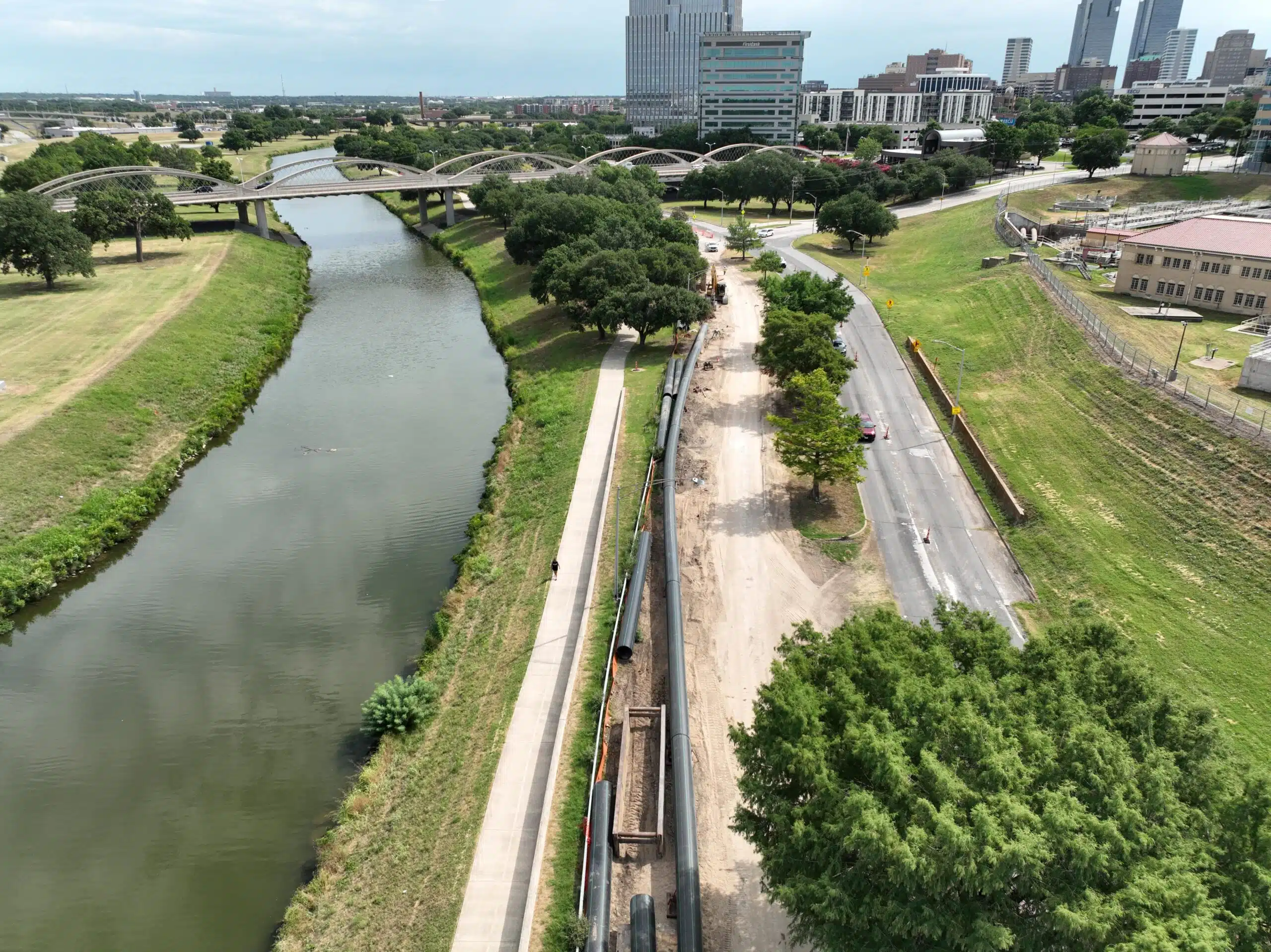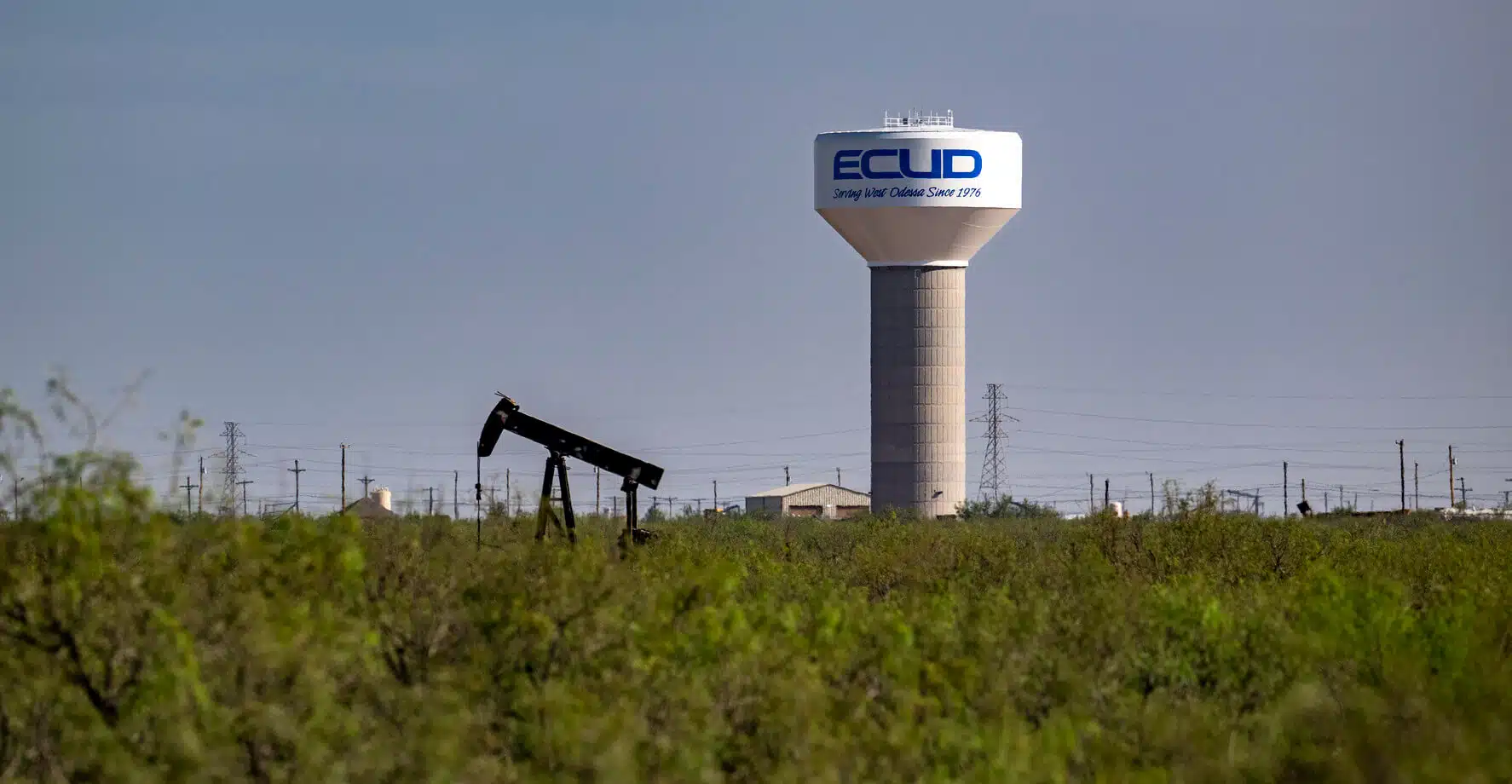Rehabilitation
Rehabilitation of 11,700 linear feet of corroded wastewater line.
Evaluation
Evaluation of almost three miles of wastewater line, keeping the rehabilitation under budget.
Sliplining
Repaired the corroded line using a sliplining approach by placing a 110-inch fiberglass pipe inside of the existing concrete pipe.
Many communities don’t realize the large, direct impact a wastewater interceptor line has on them. These lines are responsible for carrying the flow of wastewater to wastewater treatment plants, and if one of them becomes damaged, there could be harmful consequences.
This could have been the case for the Southside 120-Inch Interceptor in Dallas, Texas. A sinkhole exposed a portion of the pipe, and inspectors found three-fourths of the wall’s thickness had corroded, allowing soil to leak into it. In response, Dallas Water Utilities (DWU) quickly selected Kimley-Horn to analyze the almost three miles of interceptor line impacted by the sinkhole.
Our team used data from the inspection to determine the remaining life of the pipe, identifying 11,700 linear feet of corroded wastewater line that needed to be rehabilitated. After examining alternatives, the most cost-effective and efficient way to repair the pipe was using a sliplining approach, placing a 110-inch fiberglass pipe into the concrete pipe and grouting the space in between. The remaining line that was not rehabilitated during this phase will be reevaluated in 10 years.
Additional Design Elements
Kimley-Horn provided an array of additional design elements to help ensure the 120-inch wastewater interceptor and surrounding interceptors and water mains were working properly. This included the design of new and existing access shafts. Since the interceptor runs along a flood plain, these manholes needed to be strong enough to resist corrosion. Our team designed for the use of polymer concrete, a substance used to prevent corrosion, keeping the shafts strong and saving money in repairs over time.
Additional design elements include:
- Flow diversion
- Retaining walls
- A creek crossing erosion protection design using rock riprap and concrete
- A large junction structure around existing, intersecting lines
- Relocation of a force main
Our team worked diligently to keep repairs under budget and worked closely with DWU to coordinate meetings, identify cost saving opportunities, and create communication plans for anticipated operational changes and shutdowns. This close communication allowed Kimley-Horn to assess all available options to support the City in making cost-effective decisions.



